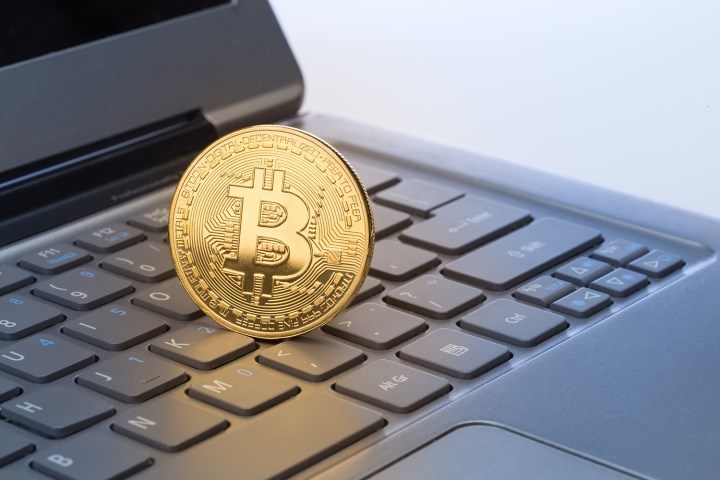
The tweet captured the attention Sander Wuyts, a 26-year-old Ph.D. student studying at the University of Antwerp. He requested one of the vials of DNA that Goldman had handed out at the WEF meeting, and once he received it, he set about cracking the code.
Working alongside his colleagues, the computational microbiology student used the genome sequencing tools available via his university to make a play for the prize, according to Motherboard.
The process Goldman used to encode the information as a DNA file saw him rewrite a text document in base-3. Using zeroes, ones, and twos, he could map the data to the four nucleobases: Guanine, adenine, cytosine, and thymine.
Nine files were encoded, encrypted with a keystream — a random series of characters intended to keep the plaintext message hidden — that was supplied alongside the fragments. When Wuyts successfully decoded the message, he was presented with the key to unlock the digital wallet.
Claiming his reward, he found the logo for the European Bioinformatics Institute, a drawing of James Joyce, and one bitcoin. This bounty was worth around $200 when the task was set, but its value has since swelled to $10,000. The fact that the challenge would have expired just five days after his victory definitely played into Wuyts hands’ when it comes to the amount of money he’s set to receive.
Wuyts will apparently use some of his winnings to thank the colleagues that helped him and will pour the rest back into his research. Meanwhile, the fact that the key was successfully decoded demonstrates how DNA storage might be used to great effect. According to Goldman, it’s a particularly safe way to store keys since not everyone has access to sequencing software — and since it takes a matter of days to read the data, it can protect investors against their tendency to sell in a panic.


